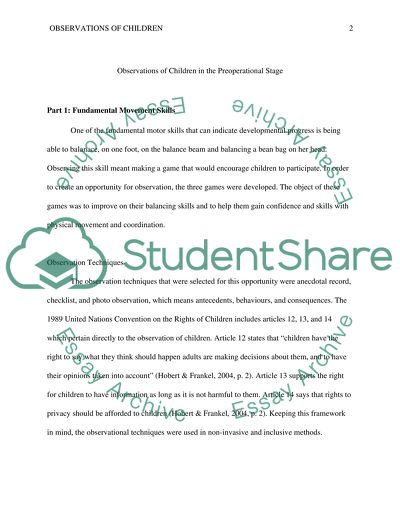Cite this document
(“Early childhood. Fundemental movement skills and behaviour Assignment”, n.d.)
Early childhood. Fundemental movement skills and behaviour Assignment. Retrieved from https://studentshare.org/education/1469129-early-childhood-fundemental-movement-skills-and
Early childhood. Fundemental movement skills and behaviour Assignment. Retrieved from https://studentshare.org/education/1469129-early-childhood-fundemental-movement-skills-and
(Early Childhood. Fundemental Movement Skills and Behaviour Assignment)
Early Childhood. Fundemental Movement Skills and Behaviour Assignment. https://studentshare.org/education/1469129-early-childhood-fundemental-movement-skills-and.
Early Childhood. Fundemental Movement Skills and Behaviour Assignment. https://studentshare.org/education/1469129-early-childhood-fundemental-movement-skills-and.
“Early Childhood. Fundemental Movement Skills and Behaviour Assignment”, n.d. https://studentshare.org/education/1469129-early-childhood-fundemental-movement-skills-and.


